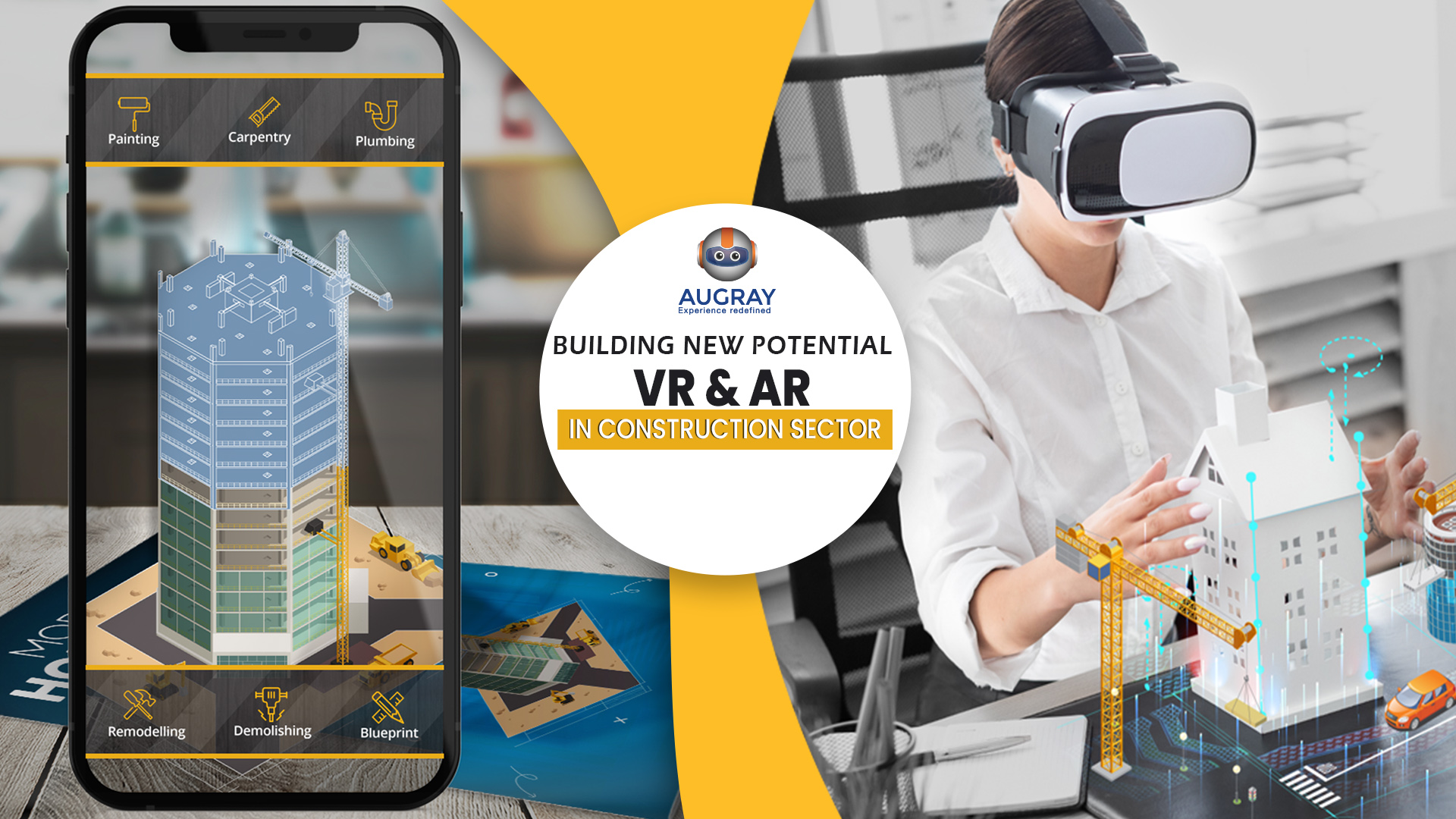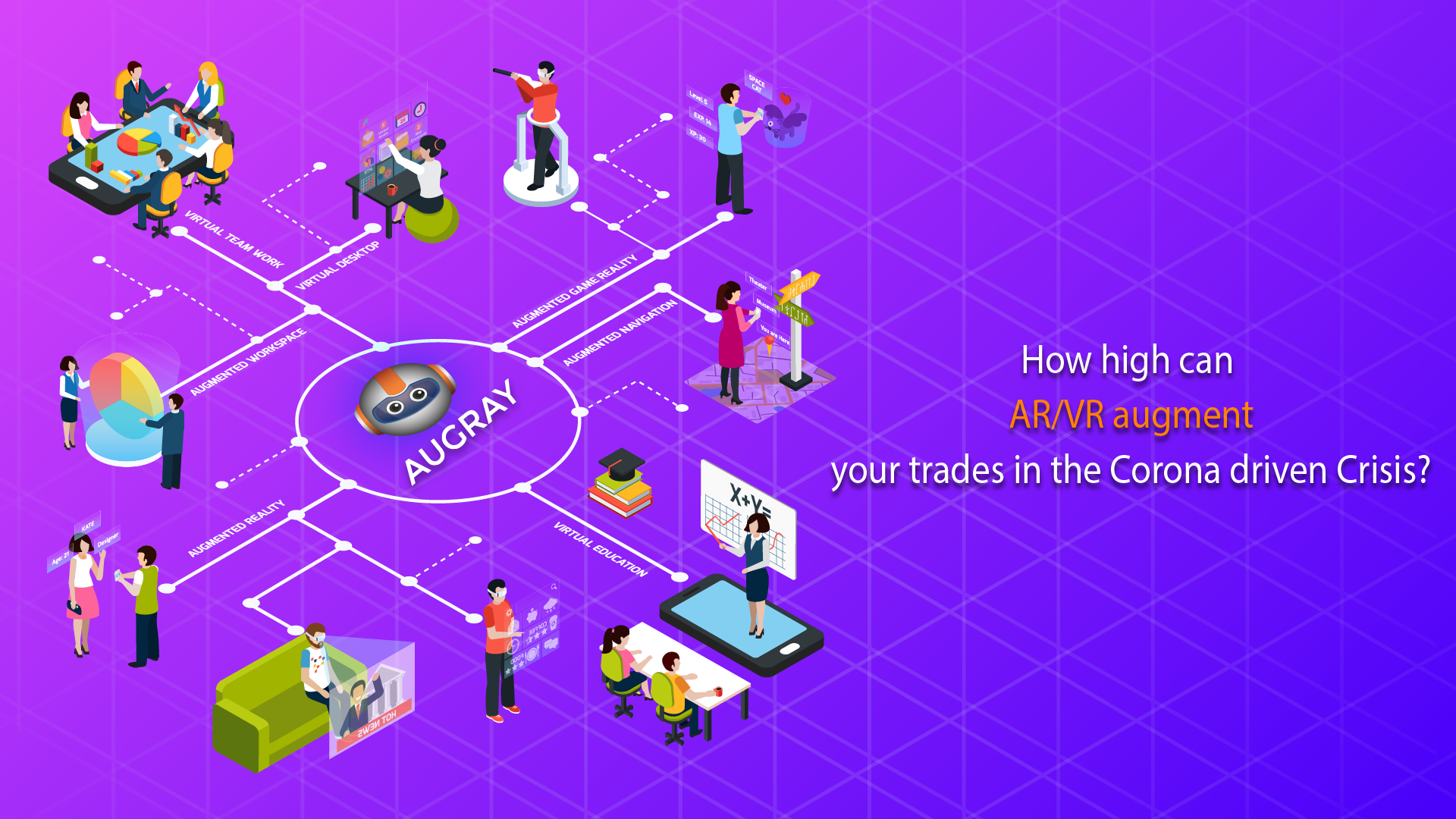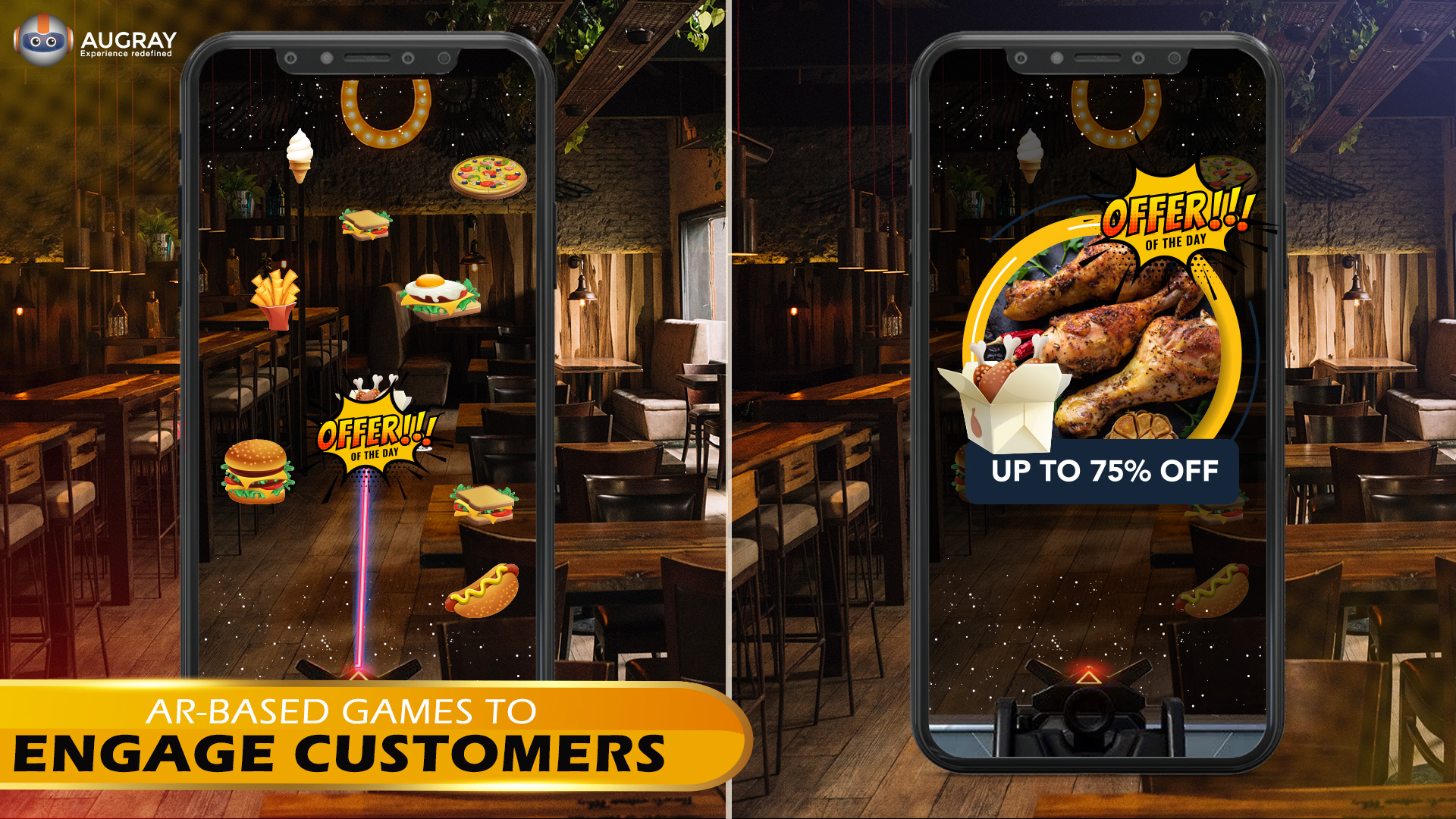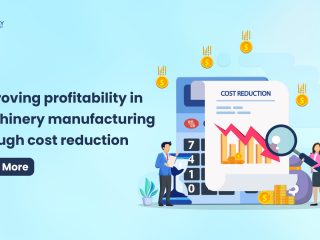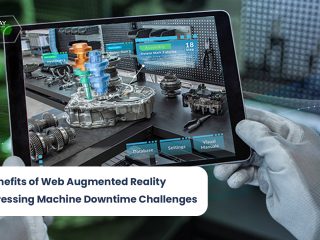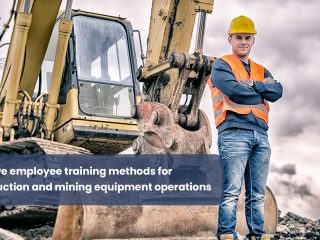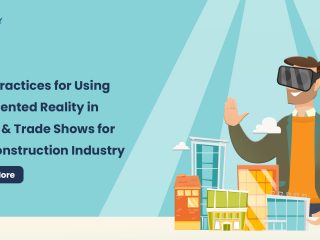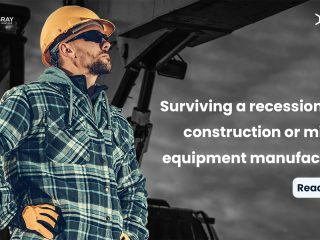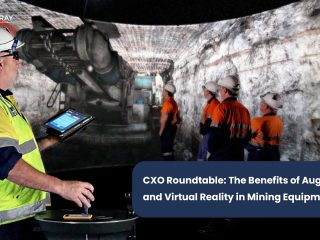Why fix something that isn’t broken? This has been the central dogma of the construction industry for decades now.
Engineers aren’t joking when they say civil engineering is one of the oldest disciplines in the profession. Most people in the field are skeptical about this topic.
Is it worth the investment? We at AugRay believe the answer is a definitive yes. VR and AR can do far more than build castles in the air for construction workers, and we have the insights to back it up.
To kick things off, let’s take a glance at the greatest demands the construction sector faces in contemporary times.
Construction In-site Plan
Over the past year, the construction sector has been throwing ideas at walls and seeing what sticks. Its sister sector, real estate, took a big hit in the early pandemic days. Let’s skim through the major milestones in the field of late.
Dip in Non-Residential Interest
Dodge Data and Analytics stated that interest in office and commercial spaces shot down by 31% within a mere month.
Safety & Sustainability
Since construction work comes with its fair share of occupational hazards, the core goal is to cut down on those risks.
Even pre-pandemic, one in every five workplace fatalities were from construction sites. The conventional methods don’t hold water anymore.
Profitability & Costs
Even the best building firms in the world know the volatility and costs associated with construction projects. Around 10% of the total project budget is sacrificed as overhead/modification costs.
These issues are significant, we can’t just sweep them under the rug and pretend they don’t exist. Sure enough, AR and VR are gradually rising to the occasion, bringing promising prospects for the sector.
On paper, some of these ideas sound solid. Can they deliver on the construction site,
however? Let’s shift our focus to the current scenario. What surprises do the new dimension of AR & VR bring for tomorrow’s buildings? AugRay is here to bring you insider trends to stay ahead of the curve.
Construction For The Future
Simulation Potential
Right off the bat, it’s apparent that so much can be accomplished through the use of AR for plan renders. VR can bring much-needed flexibility to firm operations, especially in the planning phase.
By scanning the surveyed land, a virtual render can be created and relayed back at headquarters. This render would allow architects and civil engineers to work seamlessly on projects.
Aside from the cost-cutting of frequent site visits, VR actualization would work wonders in project collaboration at the concept phase.
VR Headsets are being tested in tandem with this technology. Players like Matterport are optimizing their cameras to create true-to-life 3D models of construction sites, allowing versatile modification.
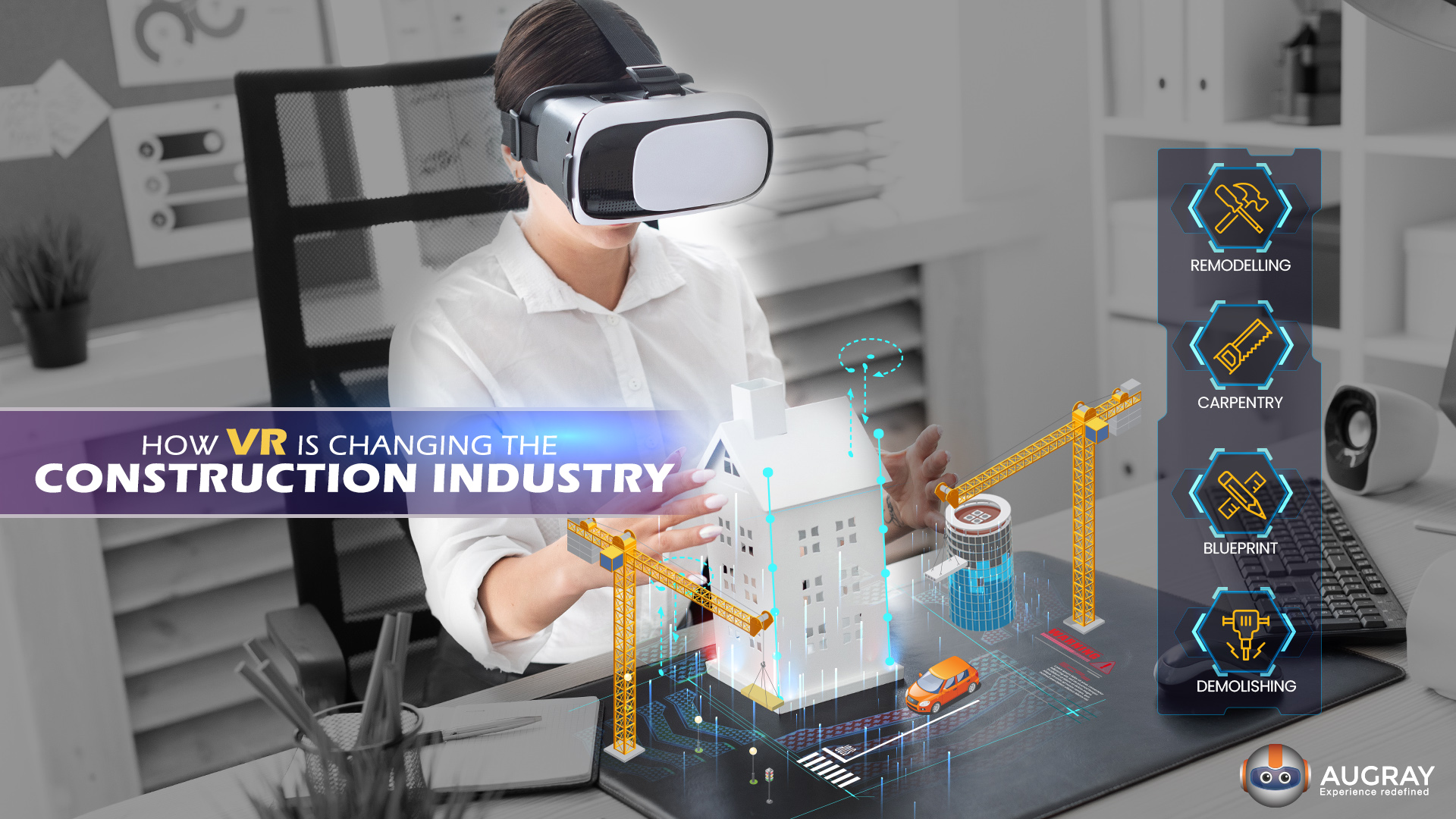
SLAM – Simultaneous Localization And Mapping
This software is poised as a gamechanger in the construction sector. Though originally used for robotics, a simple repurposing has led to SLAM bringing great potential for site surveys.
Within mere minutes, workers can scan and overlay a site’s interiors in precise detail. Thanks to the power of LIDAR, the generated BIM model is extremely accurate, with less than a 5 mm leeway for discrepancies.
The benefits don’t stop with the hardware alone. The software component is fitted with quality-of-life options such as project management and collaboration tools.
In short, the possibilities are limitless, no matter the size and scope of the project. Existing software like Autodesk is being rallied and tinkered for this express purpose.
AR: The Way Forward
Creating virtual simulations of floor plans is all fine and dandy, but what about the logical next step? We’re pleased to tell you that Augmented Reality is currently in the works to transform the construction sector.
Most projects are still in the pipeline phase, but they are proceeding at a fast clip nevertheless. Let’s take a peek at some of the surefire AR technology that’s sure to revolutionize the construction world in the coming years.



Microsoft has been pooling good money in bringing AR to the sector. Through their partnership with Trimble, the idea was to incorporate HoloLens AR into the headset rigs.
Martin Bros is currently looking into full AR simulated construction empowered by HoloLens. The premise is that creating in-depth floor plans would be possible through a 3D model that acts as the AR interface. Projects like these have been on the block since 2016 and are moving along with steady results.
Building Across Boundaries
It’s obvious that the question of implementation costs still hovers in the air. If AR/VR tech costs a bomb to implement, it wouldn’t be a prize catch in the mainstream market.
Therefore, the focus is also on perfecting the hardware and software as a saleable commodity to construction firms.
AR & VR rigs are expected to make their foray into the mainstream market within the next couple of years, taking pandemic constraints into account.
In summation, the field of construction hasn’t gone entirely unnoticed by AR & VR. There’s some pathbreaking tech out there that’s waiting to make a splash in the mainstream.
We at AugRay are watching closely to see how it all plays out.
What are your thoughts on the potential of AR/VR in the sector? Let us know in the comments!
